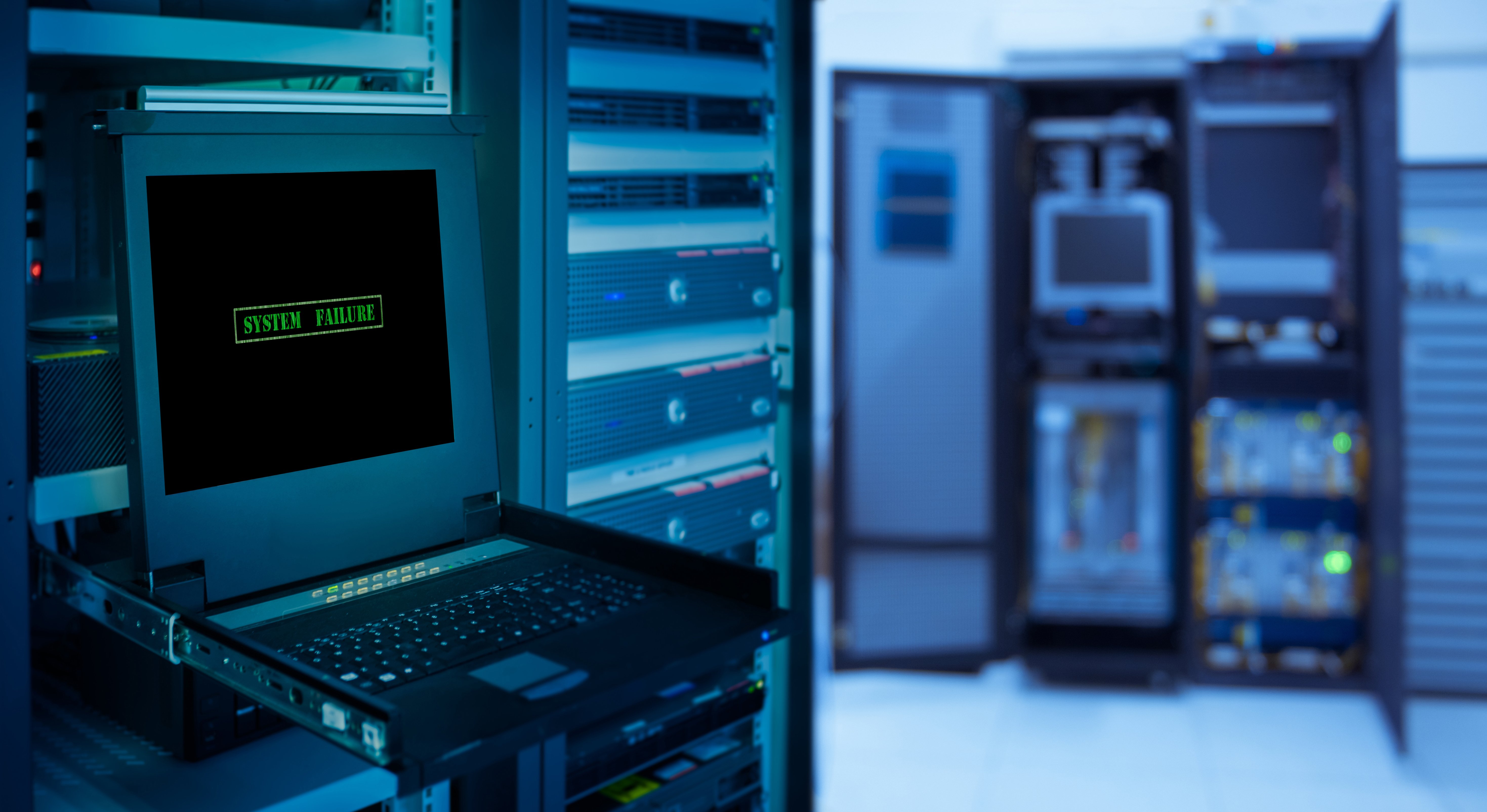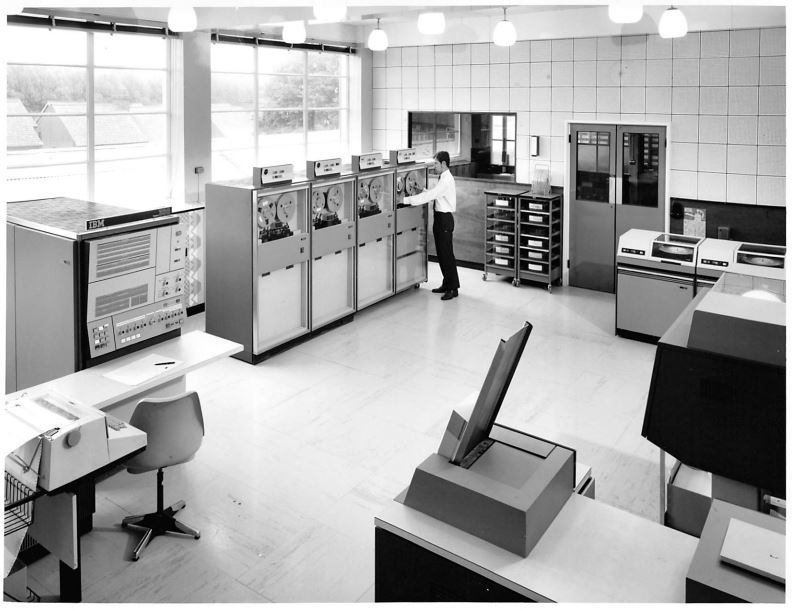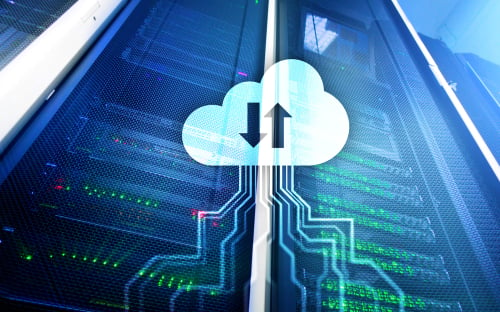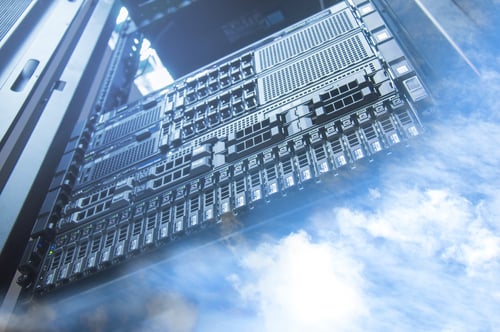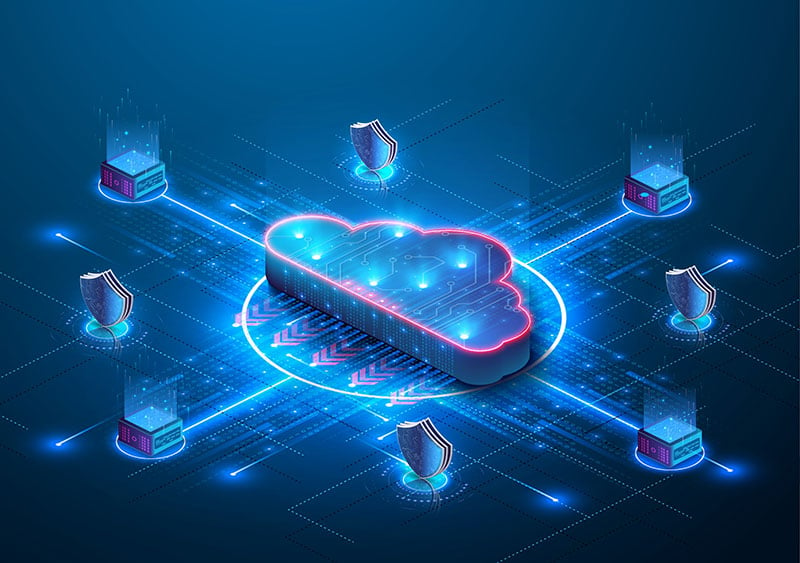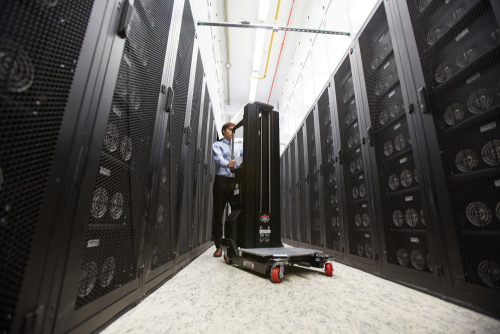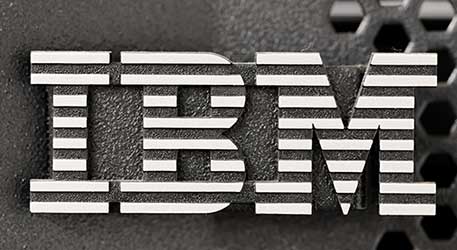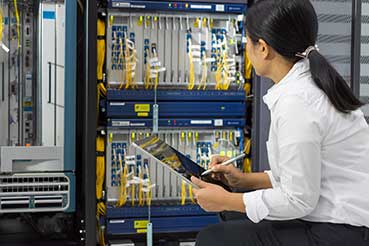IBM Power Disaster Recovery Story: From V5R3 to V7R4 in 36 Hours
Earlier this year, I wrote an article entitled The IBM Power Trap that described how a series of decisions related to how you manage your applications and IBM Power can leave you stuck. A few people reached out to me with questions so I thought it might be appropriate to share a real-life story about one of our customers, we will call them Glass Corp International (GCI), that got caught in this trap and had to be rescued.
Read More